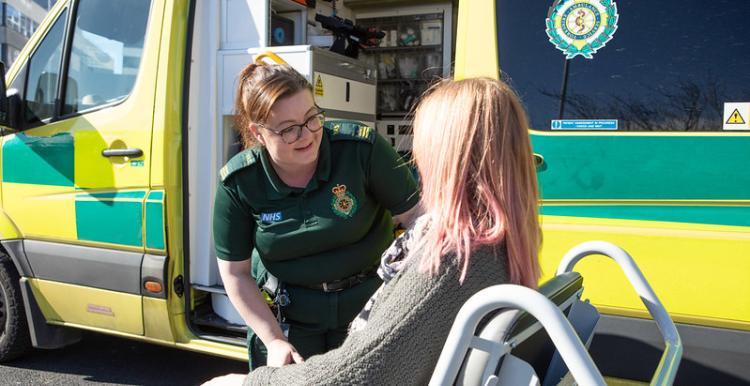Healthwatch England response to government's plans for faster emergency care

Today, the government announced plans for nearly £450 million investment to expand urgent and emergency care facilities to provide faster care for patients.
The plan aims to deliver better, faster and more appropriate emergency care as the government sets out reforms to shorten waiting times.
The new package of investment and reforms aims to improve patients’ experiences, including by caring for more patients in the community, rather than in hospital.
The government's plan will deliver:
- Around 40 new Same Day Emergency Care and Urgent Treatment Centres – which treat and discharge patients in the same day, avoiding unnecessary admissions to hospital.
- Up to 15 mental health crisis assessment centres to provide care in the right place for patients and avoid them waiting in A&E for hours for care.
- Almost 500 new ambulances will also be rolled out across the country by March 2026.
Healthwatch England Chief Executive, Louise Ansari, said:
“Last winter, people shared stories of urgent care that were often undignified, harrowing and unsafe. For example, one 75-year-old spent 15 hours in an A&E corridor chair, eight hours on a trolley in a storage room and two hours in a ward corridor before finally being admitted.
“Experiences like this bring into stark light an annual winter crisis, where the NHS becomes overstretched, and staff are stressed and trying to cope with these extreme pressures.
“We welcome the Government's call to NHS teams to develop winter plans now, alongside funding for more ambulances and hospital improvements, innovative approaches to vaccination to reduce the number of vulnerable people struck down by illness, and monitoring of corridor care.
“However, NHS teams need more support ahead of this coming winter. Clarity on how teams collaborate across primary, community, urgent, and social care will be needed, alongside bold action to eliminate instances of 'corridor care', and provide substantial improvements to wait times in major A&E departments. This includes ending 12-hour waits, which lead to worse health outcomes.
“Patients can no longer be told year after year that next winter they will see improvements to urgent or lifesaving care. This plan must act as a springboard to ensure people have confidence the NHS will be there for them in an emergency.”

